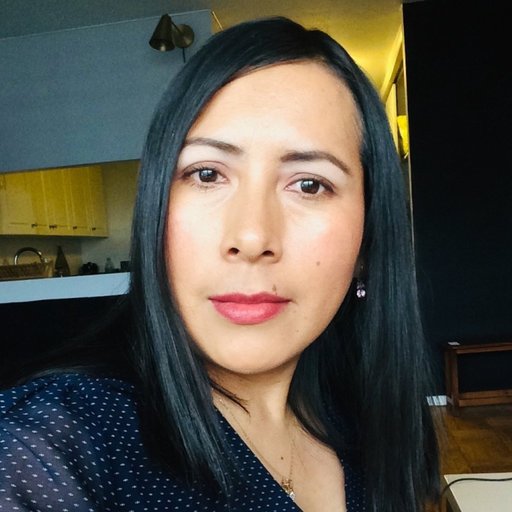SSILA 40th Anniversary
Keynote Speakers
Consent, Consultation, and Collaboration: Toward an ethics for working with Indigenous languages in archives & databases
Jenny L. Davis (Chickasaw)
University of Illinois, Urbana-Champaign
How do we engage with archived collections and linguistic databases that were created within a different set of ethics than those that we now hold, or when we do not know the ethics of how they were collected? How do we address the gaps between what may be considered the best practices—currently or in a previous moment—in a field of research, and those held by the community/ies from which the collection comes? A growing body of research addresses the options and strategies for collecting data or conducting research within Indigenous communities in ways that are grounded in ethical practice. Framed under the rubrics of collaborative, engaged, activist, community-based, and Indigenous methods, these discussions represent an exciting opportunity to move our field(s) away from the violent and colonial research methods established under historical and ongoing colonial frameworks. But, they are largely limited to those who are actively doing language documentation and description work themselves. In a largely unconnected field of practice, that of repatriation (or rematriation) of Indigenous Ancestral remains and Indigenous material collections, guidelines have emerged that center/require consultation with Native nations and descendant communities around access, research, and display of collections from Indigenous communities (Consultation). This talk brings together best practices across collaborative research models for language documentation, consultation procedures in repatriation, and data sovereignty models which require ongoing consent to propose ethics and strategies for engaging with Native American and Indigenous language databases and archival materials.
They were there, but went unnoticed: Associated motion markers of an underrepresented monolingual community
Gladys Camacho Rios
The University of Texas at Austin
While there is a fair amount of descriptive and theoretical research on South Bolivian Quechua (SBQ) (see, Garland D., et al 1971, Muysken 1986, Herrero & Sanchez 1978, Van de Kerke 1993 and Plaza 2009), this work has focused on ‘standard’ SBQ, a variety of Quechua spoken by Spanish-speaking bilinguals of varying levels of Quechua fluency (see Albo 1970; Stark 1985, Pierrard 2018 inter alia for the relevant sociolinguistic context). Varieties of SBQ spoken in monolingual communities remain under-documented and under-described. Furthermore, most linguistic studies of SBQ rely heavily on data from elicitation.
This talk analyzes associated motion (AM) markers in Uma Piwra SBQ, an under-described rural variety in Southern Bolivia. AM morphemes express motion, in the specific sense of translational motion (spatial displacement/change of location) Guillaume (2021). The data for my study is drawn from a naturalistic corpus collected through monolingual interactions with elders. The analysis demonstrates that Uma Piwra SBQ displays more morphological complexity and contains a larger class of functional categories than urban varieties of SBQ. I show that there is a larger inventory of AM morphemes compared to what has been reported in previous work on SBQ. This variety of SBQ employs six suffixes that function as both AM markers and directional, as observed for other Amazonian languages of Bolivia, South America and cross-linguistically (see, Vuillermet 2012, Vuillermet 2013, Rose 2015, Tallman 2021, Belkadi 2015 and Dryer 2021, Guillaume & Koch 2021). For example, while previous studies on SBQ only accounts -mu bearing prior associated motion function e.g., (1a), the description of this monolingual variety of SBQ makes new empirical a more explicit contributions demonstrating that -mu can be used as a true AM marker for motion away from the deictic center, but only as directional marker (meaning it may only be used with motion verbs) for motion toward the deictic center e.g., q’ipi-mu-ni ‘carry.on.back-DIR-1SG’. Beyond that, complex suffixes have additional semantic nuances, e.g., -ka.m.pu in (1b), where the meaning explicitly involves the subject owning the object. Likewise, interactions with the enclitic =ña in a clause will involve additional AM related meanings as in (1c) where -ka.m.pu triggers a bidirectional associated motion from the deictic center: ‘go and do and return’.
Bridging the Intergenerational Language Gap: Spotlighting Indigenous Migrant Communities in the United States
Hilaria Cruz
University of Louisville
Linguists, language activists, writers, and native speakers alike have made impassioned calls to sustain, revive, and reinvigorate endangered languages. Often, these discussions do not reach the diaspora indigenous migrant communities in the United States, where native languages are rapidly losing ground. These marginalized communities contain young families who could potentially be passing these languages onto their children. Studies have shown that one of the clearest signs of an impending language death is when the language ceases to be transmitted to the younger generation. An example of this language loss can be seen among the Chatino in the United States, who no longer speak their native language to their children or even among themselves.
As academics, we can convey this message to native speakers in the diaspora and encourage them to continue speaking their native language to their children away from home communities. One of the first steps in rectifying this situation is to create materials in these languages, for example children’s literature. A dilemma I have as native speaker who straddles both worlds is how to address language loss within my own family and community. Monolingual children's books in indigenous languages are excellent tools to help achieve this objective. This encourages a conversation among parents and caregivers, thereby renewing interest in passing on their native tongues to the younger generations.



